
4 WORST foods that feed CANCER Cells

While we can’t change the genes we’re born with, we can influence how those genes behave. One of the most powerful tools we have is our diet. What we eat every day sends messages to our cells—messages that can either promote healing and protection… or trigger inflammation and disease.
Surprisingly, many foods we think of as “harmless” or even “healthy” can create an environment that helps cancer cells grow and spread. But the good news? When we understand how cancer behaves, we can make better choices—ones that stack the odds in our favor.
🔍 How Cancer Cells Grow: What They Really Need
Cancer doesn’t just appear overnight. It typically begins when a healthy cell mutates—through damage to its DNA. This damage can be caused by various factors: chemicals, radiation, chronic inflammation, or poor diet.
But for a cancer cell to survive, grow, and spread, it needs support. Here are four things cancer cells rely on:
-
Glucose (Sugar): Cancer cells have an enormous appetite for sugar—they use it as their primary energy source.
-
Hormonal Signals: Growth-promoting hormones like insulin and IGF-1 tell cancer cells to divide and multiply.
-
Inflammation: Chronic inflammation weakens the immune system and damages tissues, paving the way for cancer to thrive.
-
Blood Supply (Angiogenesis): Cancer cells stimulate the growth of new blood vessels to get more nutrients and oxygen.
Many of these processes are influenced by the food we eat. That means we can either feed the fire—or fight it.
💡 Key Takeaways:
-
Up to 40% of cancers are preventable through lifestyle changes, especially diet.
-
Cancer cells depend on sugar, hormones, inflammation, and blood supply to grow.
-
Certain foods can fuel cancer development, while others can suppress it.
⚠️ Top 4 Food Categories That May Feed Cancer (and How to Be Smarter About Them)
➡️ 4. Aflatoxins: The Hidden Mold in Nuts and Grains

Aflatoxins are toxic compounds produced by certain molds, commonly found in improperly stored grains, corn, and nuts like peanuts, almonds, pistachios, and walnuts.
Long-term exposure, even in small amounts, has been linked to liver cancer and may contribute to DNA damage.
🛡️ What You Can Do:
-
Buy smart: Choose nuts and grains from trusted brands that test for aflatoxins and source from drier regions.
-
Inspect: Avoid nuts that appear moldy, shriveled, or discolored.
-
Roast (but don’t rely on it): Roasting can reduce—but not eliminate—aflatoxins.
-
Store correctly: Keep nuts in cool, dry places or refrigerate to prevent mold growth.
-
Be cautious with dairy: Aflatoxins can pass into milk from animals fed contaminated feed. If possible, choose organic dairy or brands that monitor feed quality.
📌 Pro tip: Rotate your nuts and grains. Variety reduces exposure and increases nutritional benefits.
➡️ 3. Sugar & Refined Carbs: The Cancer Cell’s Favorite Fuel
Sugar doesn’t directly “cause” cancer, but it creates the perfect conditions for it. Cancer cells are metabolic powerhouses—they consume glucose at an accelerated rate. In fact, doctors often use sugar-based scans (PET scans) to find cancer because tumors absorb sugar so aggressively.
Too much sugar in the diet:
-
Increases insulin and IGF-1, which promote cancer cell growth.
-
Triggers inflammation, which breaks down healthy tissue and promotes mutation.
-
Contributes to obesity, a known risk factor for multiple cancers including breast, colon, and pancreatic cancers.
🛡️ Smarter Choices:
-
Limit: Skip sugary drinks, candies, pastries, and processed snacks.
-
Swap in: Choose low-glycemic carbs like lentils, whole grains, sweet potatoes, and berries.
-
Hydrate wisely: Replace soda and sweetened drinks with water, herbal tea, or unsweetened alternatives. Even switching to sparkling water or diet soda is a step in the right direction.
📌 Note: You don’t need to eliminate all carbs—just focus on quality over quantity.
➡️ 2. Processed & Red Meats: More Than Just a Meat Problem
Red meat—especially when processed—is frequently associated with higher cancer risks, particularly colorectal cancer. But it’s not just about the meat itself. It’s about how it’s made and cooked, and what’s missing from the rest of the meal.
📉 The risks stem from:
-
Nitrites/Nitrates: Found in bacon, sausages, deli meats—they can convert into nitrosamines, linked to cancer.
-
High-temperature cooking: Grilling or frying can produce HCAs and PAHs, compounds that may damage DNA.
-
Lack of fiber: Meat-heavy diets often lack plant-based fiber, which is crucial for a healthy gut microbiome and proper detoxification.
🛡️ Better Approaches:
-
Balance the plate: If you eat red meat, pair it with plenty of fiber-rich veggies or beans.
-
Choose wisely: Limit processed meats, and opt for lean, unprocessed cuts when possible.
-
Cook smarter: Use gentler methods like baking, steaming, or slow cooking instead of charring or grilling.
-
Explore alternatives: Plant-based proteins, fish, lentils, and fermented soy (like tempeh) offer nutrient-dense options.
📌 Moderation, not elimination, is key for most people.
➡️ 1. Alcohol: A Direct Link to Cancer Risk

Alcohol is one of the most well-established cancer-causing substances in our environment. It's classified as a Group 1 carcinogen—the same group as tobacco and asbestos.
Drinking alcohol increases the risk of:
-
Breast cancer (even with light/moderate consumption)
-
Liver, colon, esophageal, and mouth cancers
Here’s how it causes harm:
-
Creates acetaldehyde, a toxic byproduct that damages DNA.
-
Inhibits DNA repair, allowing mutations to persist.
-
Worsens nutrient deficiencies, especially folate and B vitamins.
-
Enhances absorption of other toxins (e.g., from tobacco smoke or grilled meats).
🛡️ If you choose to drink:
-
Stick to moderation: No more than 1 drink per day for women, 2 for men.
-
Go alcohol-free regularly: Incorporate dry weeks or months throughout the year.
-
Explore alternatives: Non-alcoholic wines, herbal elixirs, and sparkling waters with botanicals are excellent substitutes.
📌 The safest level of alcohol for cancer prevention is zero, but reducing intake is still extremely beneficial.
✅ Takeaway: Awareness is Power
This isn’t about guilt or fear—it’s about empowerment. By understanding how certain foods influence cancer risk, we gain the ability to make smarter, proactive choices. You don’t need to follow a perfect diet. But each better choice—each fresh vegetable, whole grain, or glass of water—is a step in the right direction.
🌿 Final Thought: Let Food Be Your Defense, Not Your Risk
Your kitchen can be a place of healing. While we can’t control everything, we can control what goes on our plates. And that gives us a remarkable advantage. By focusing on whole, minimally processed foods, rich in fiber, antioxidants, and nutrients—and by being mindful of the foods that may do harm—you actively support your body’s natural defense system.
Cancer doesn’t stand a chance against a well-fed, well-informed body.
News in the same category


How My Nana’s Baking Soda Skincare Routine Became My Favorite Beauty Secret

Popular Drink Could Be Permanently Staining Your Teeth Yellow, Experts Say
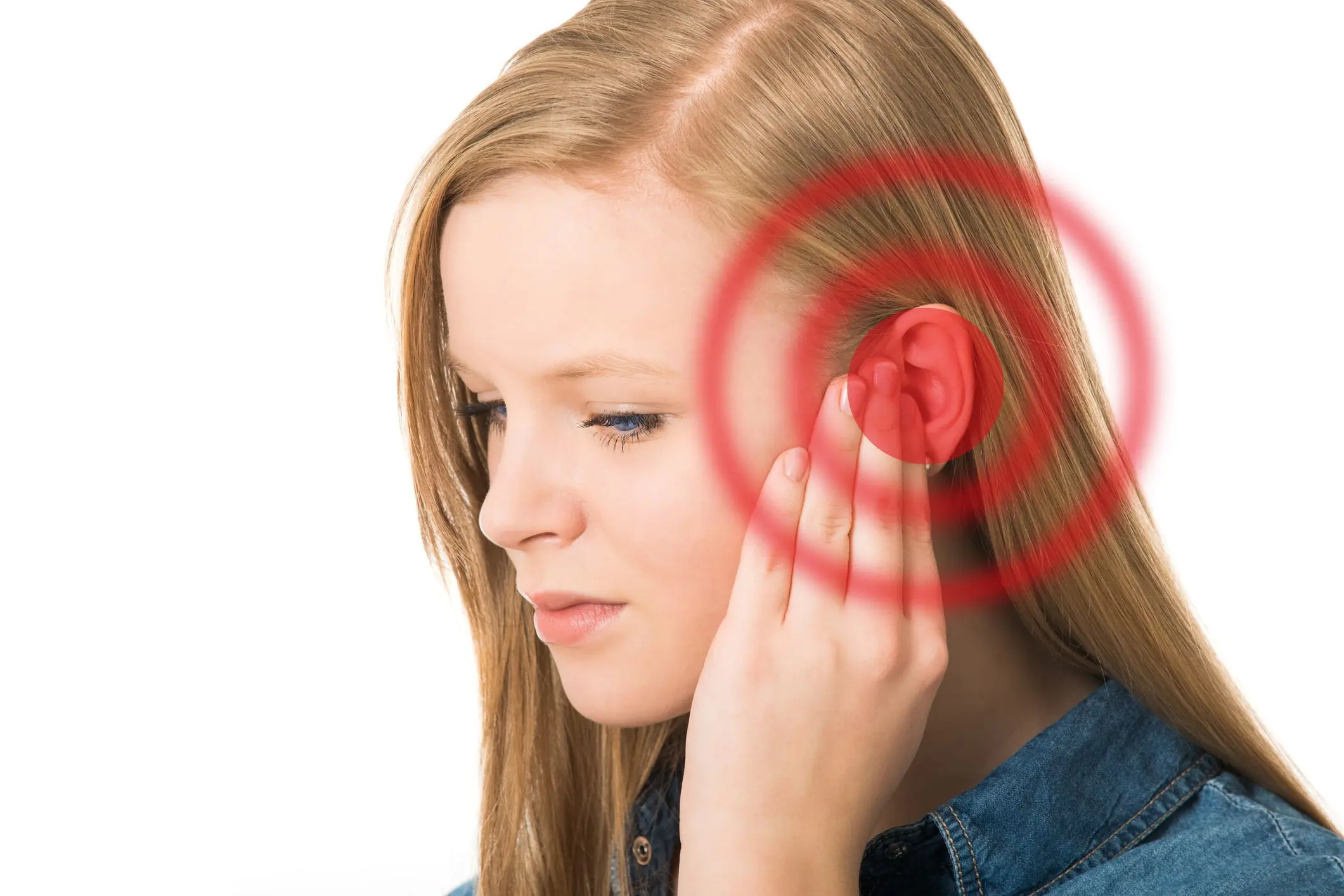
Powerful Natural Remedies for Ear Infections That You Can Try at Home
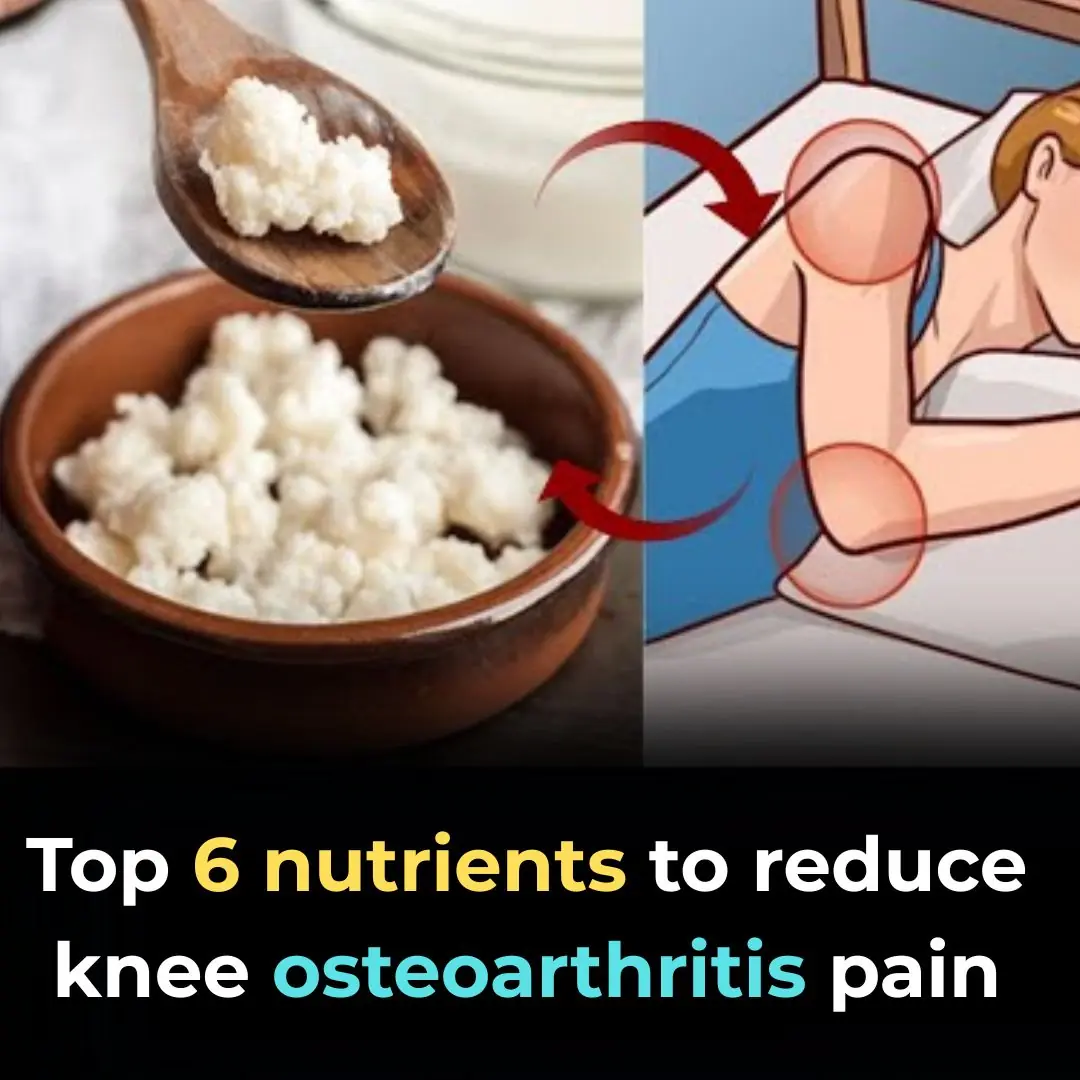
Top 6 Nutrients To Reduce Knee Osteoarthritis Pain
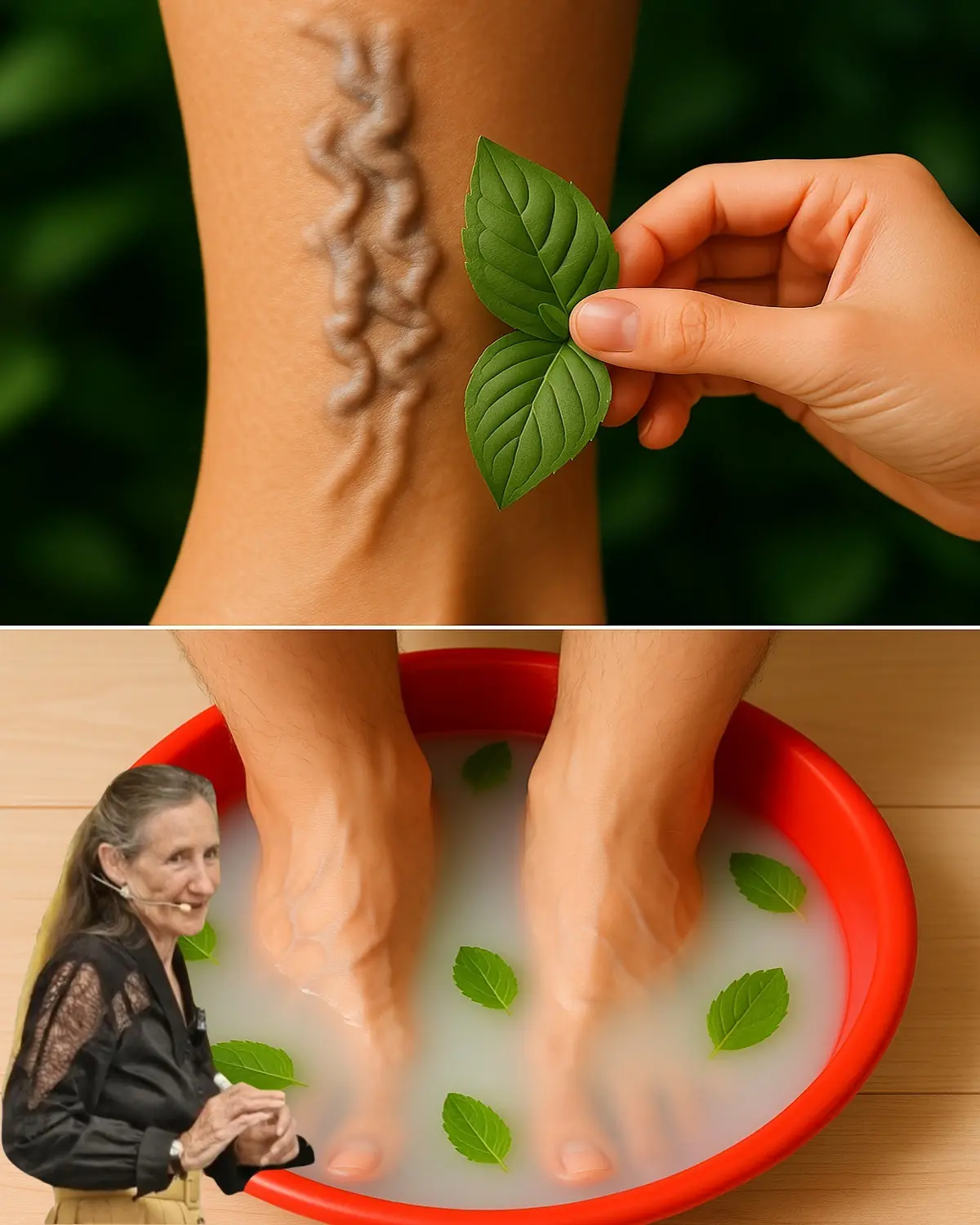
Heal Cracked Heels and Joints with Salt and Herbs
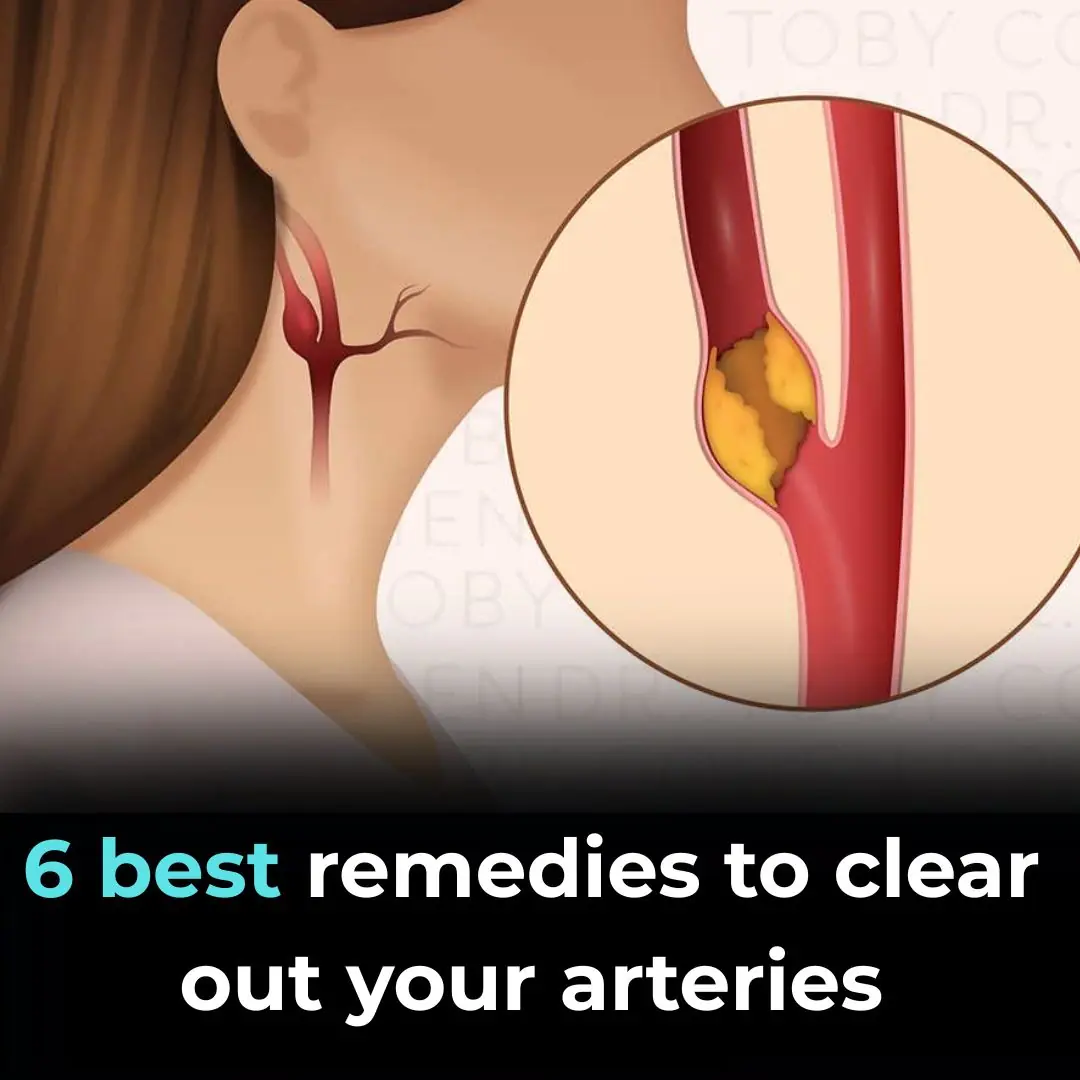
6 Best Remedies To Clear Out Your Arteries
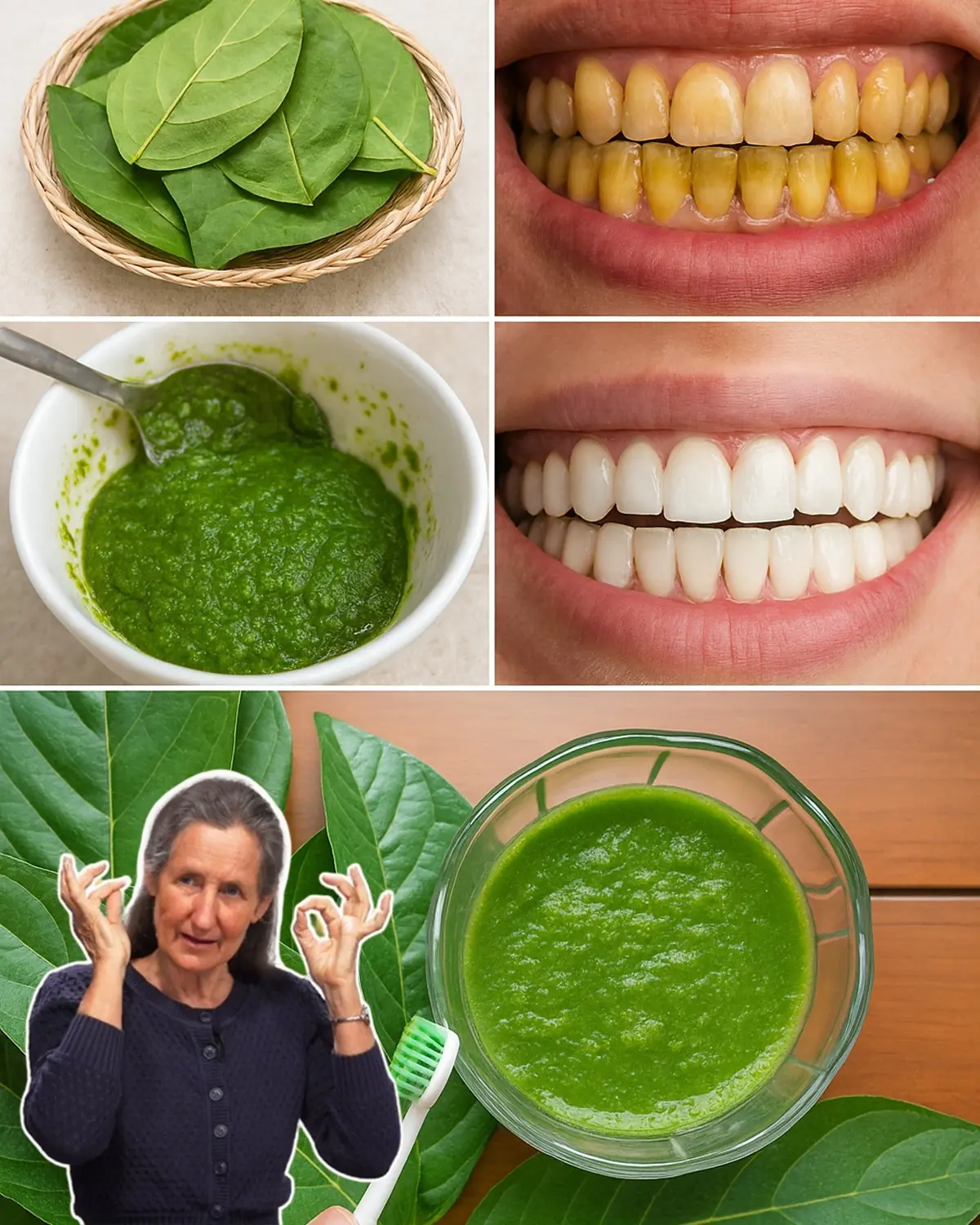
Grandma’s Shocking Secret to a Hollywood Smile: Guava Leaves Unveiled!
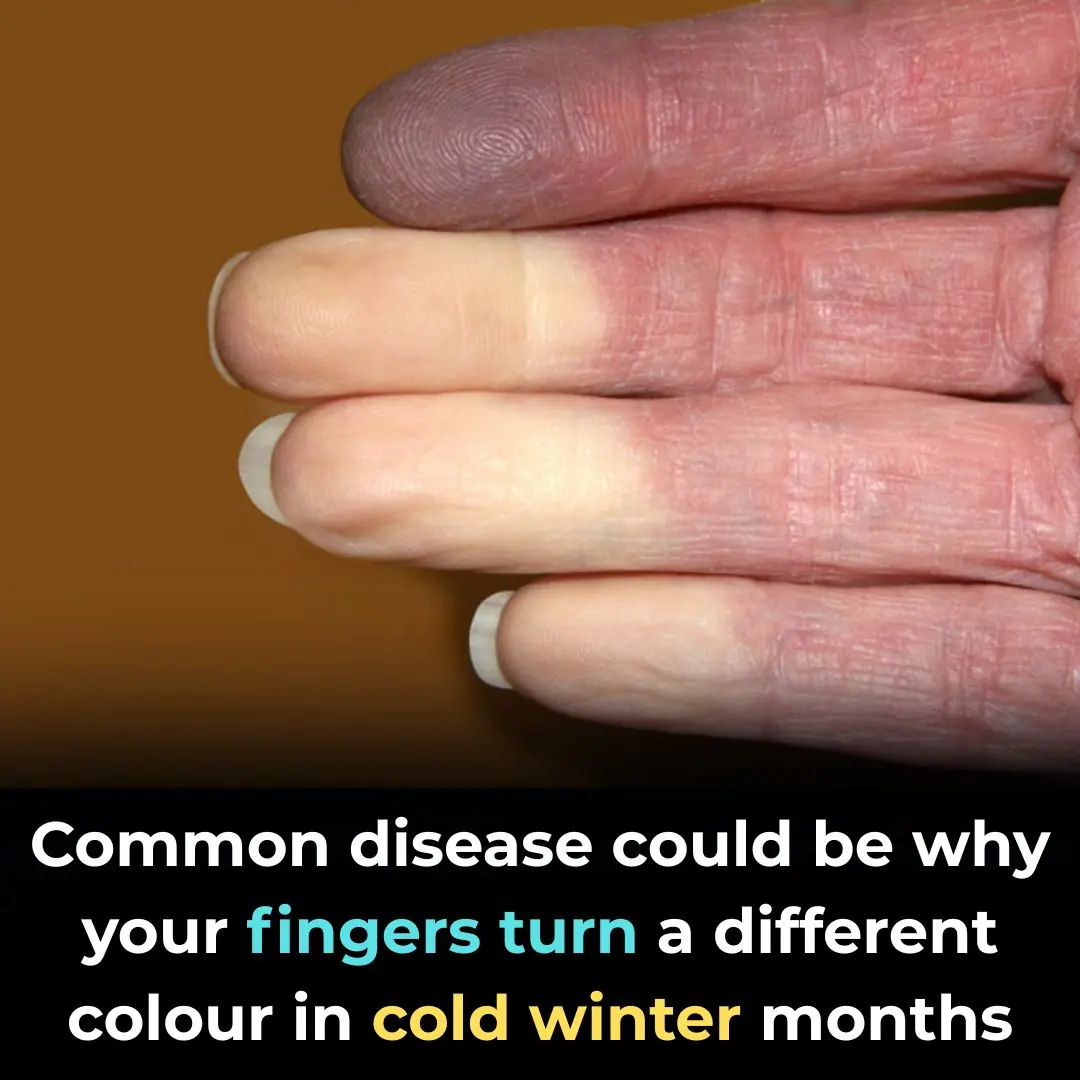
Why Your Fingers Turn a Different Colour
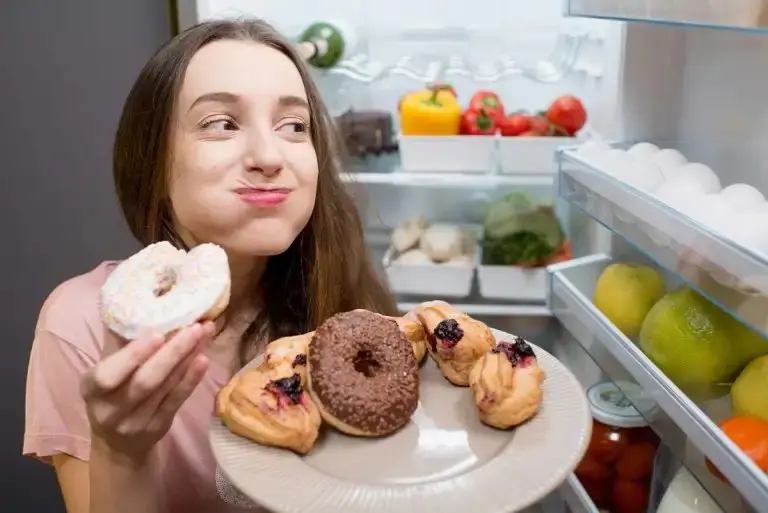
14 Warning Signs You May Have Too Much Sugar in Your Blood

Discover Papaya’s Milky Sap: 9 Hidden Benefits You’re Missing Out On

Why Is There a Hole On The Front Of Men’s Underwear
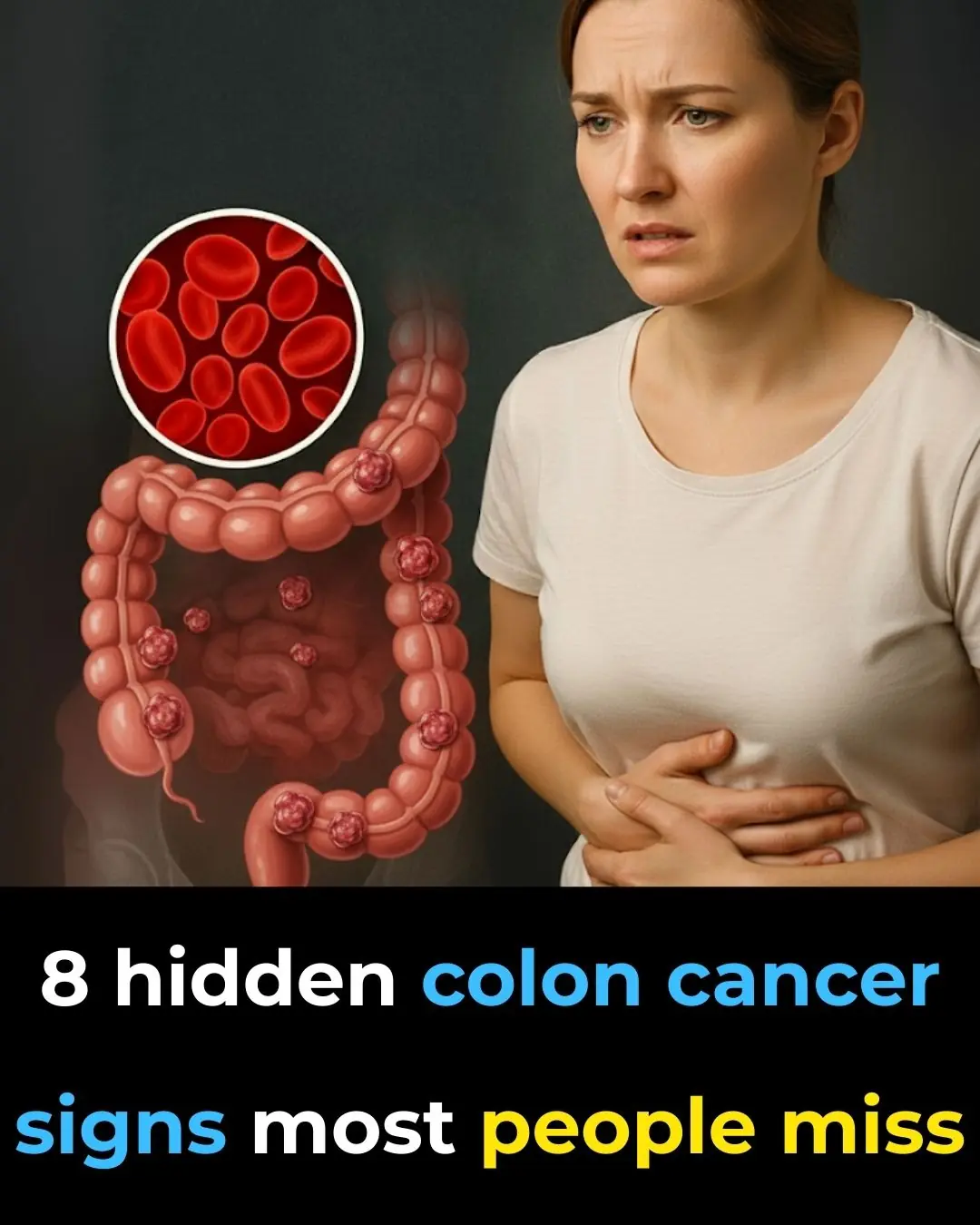
8 warning signs of colon cancer you should never ignore
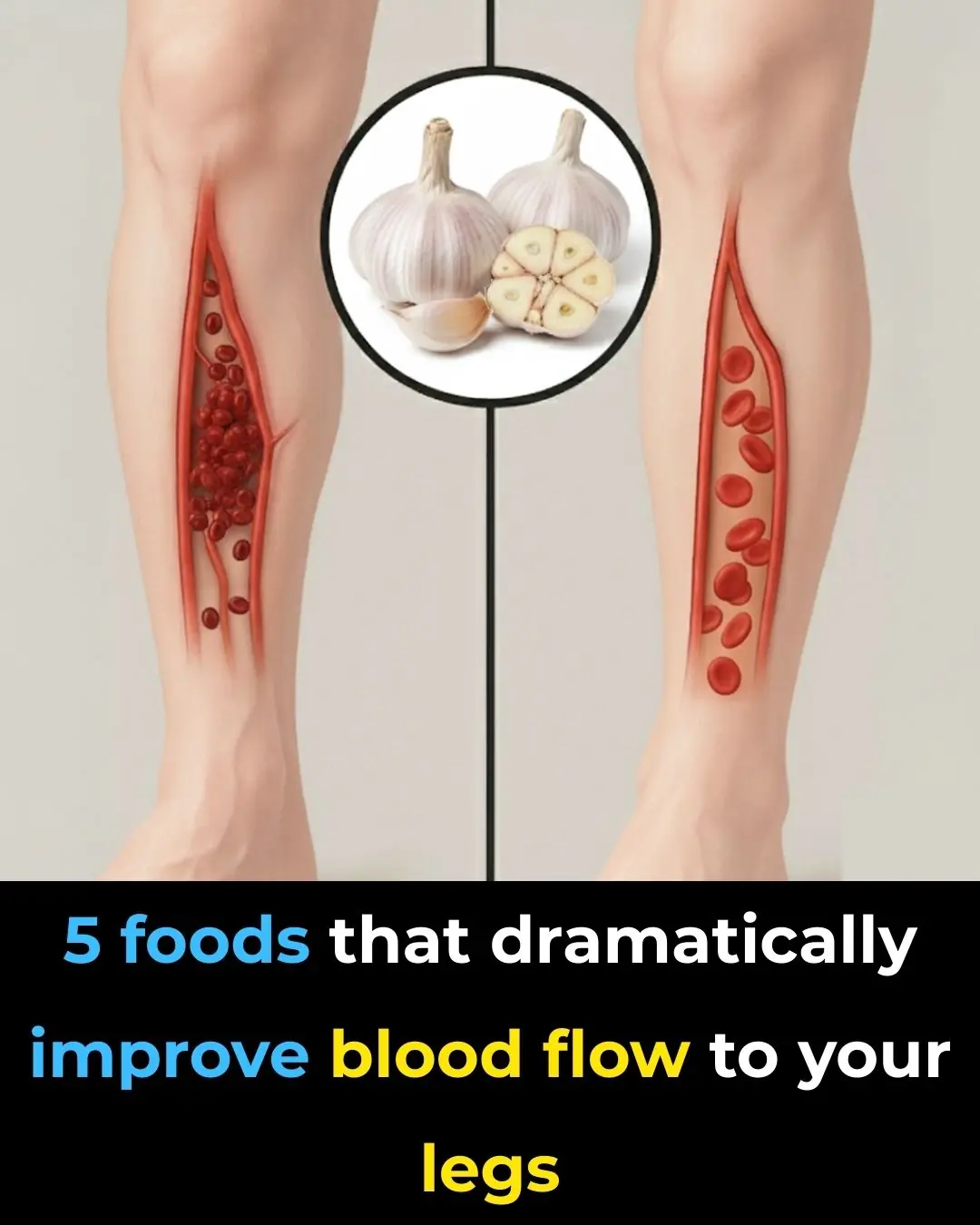
5 foods that dramatically improve blood flow to your legs
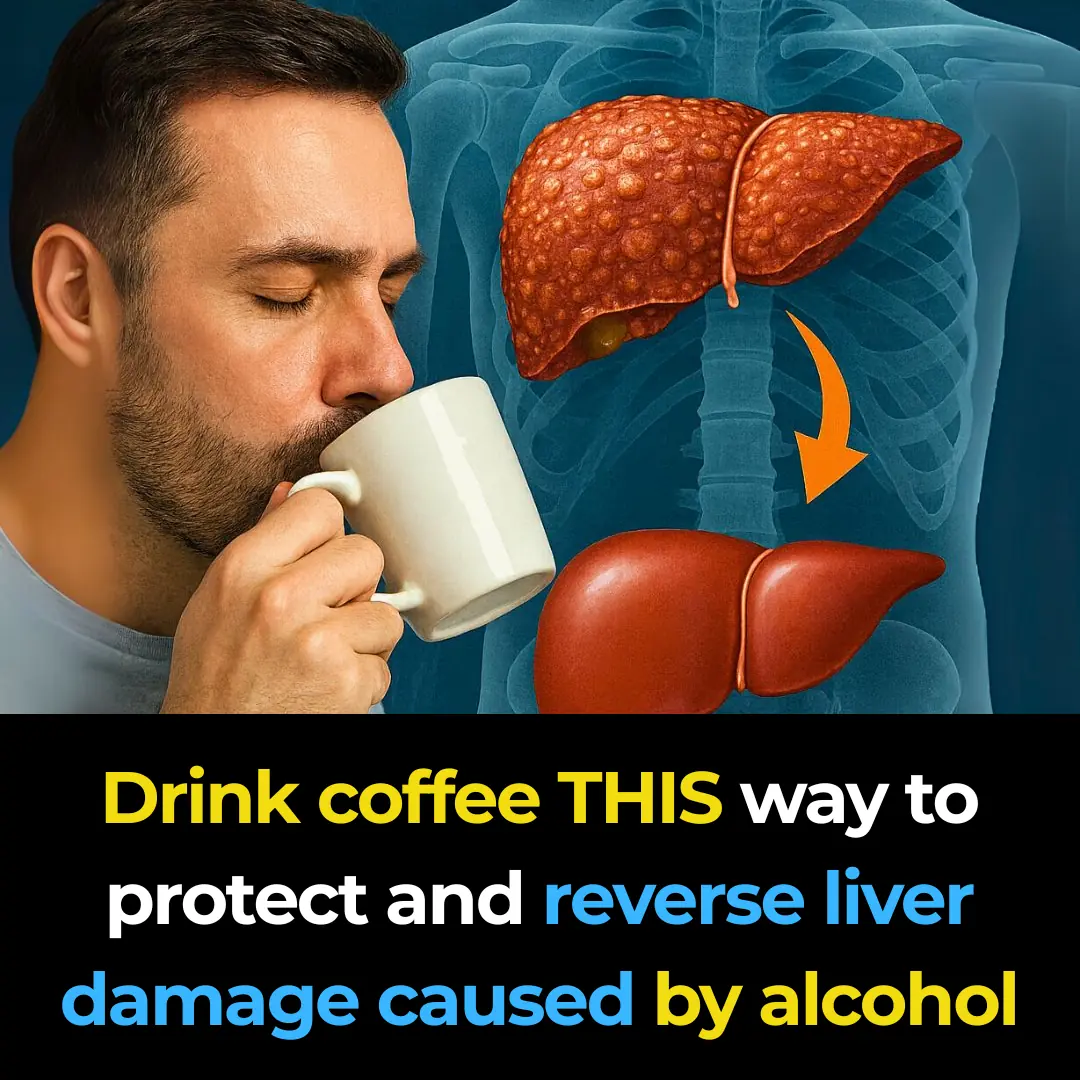
Drink coffee THIS way to protect and reverse liver damage caused by alcohol
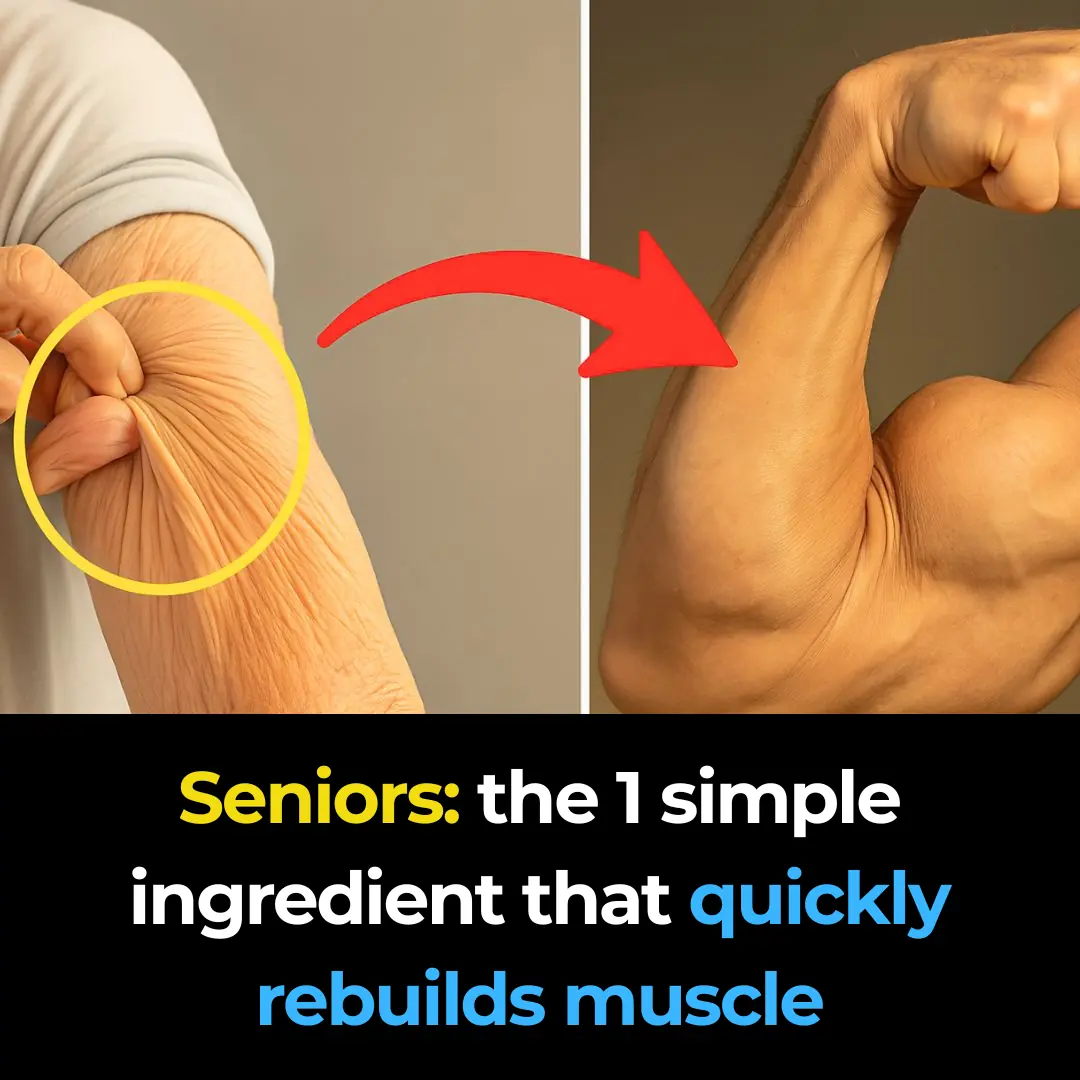
Seniors: the 1 simple ingredient that quickly rebuilds muscle
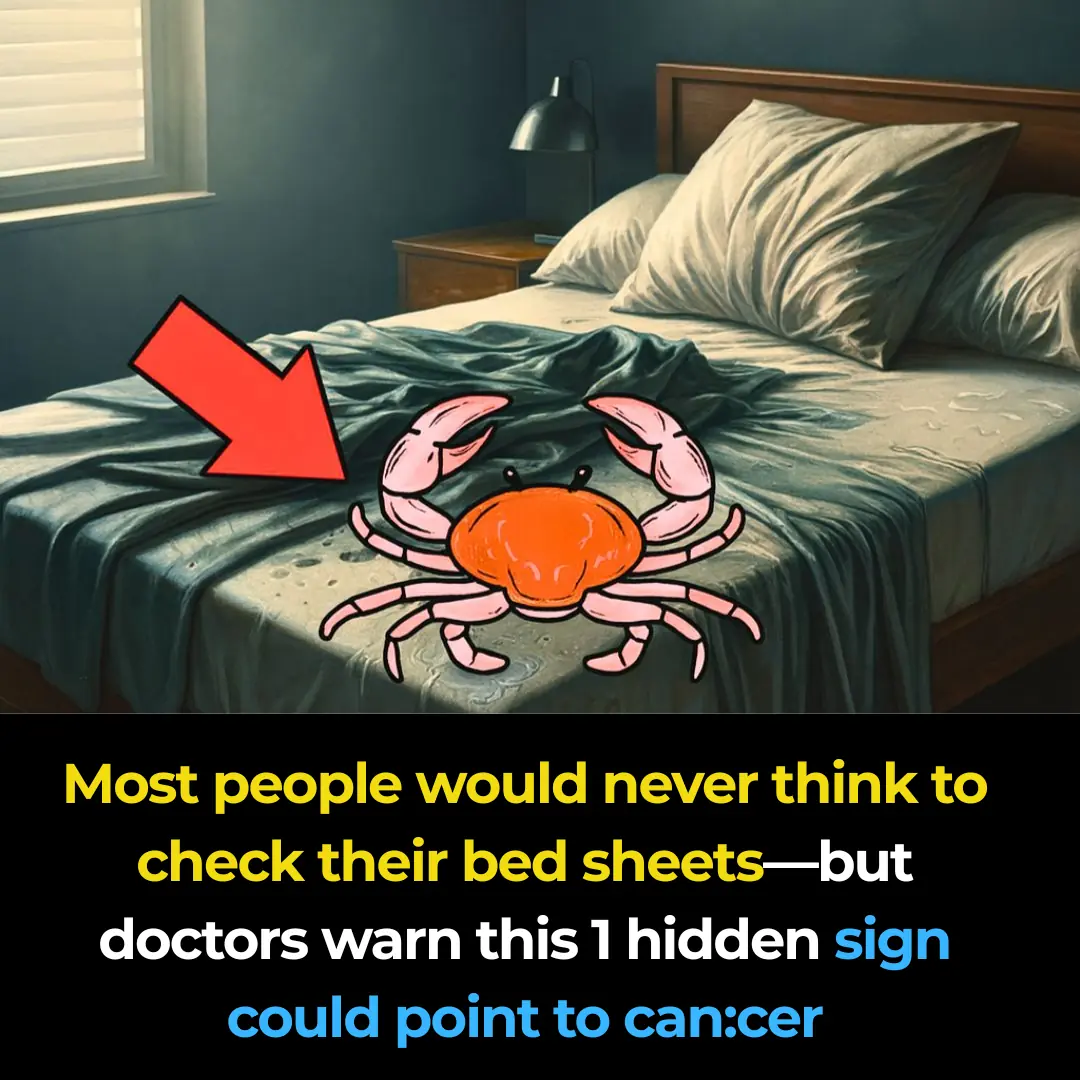
Doctors warn: this 1 cancer sign may show up in your sheets
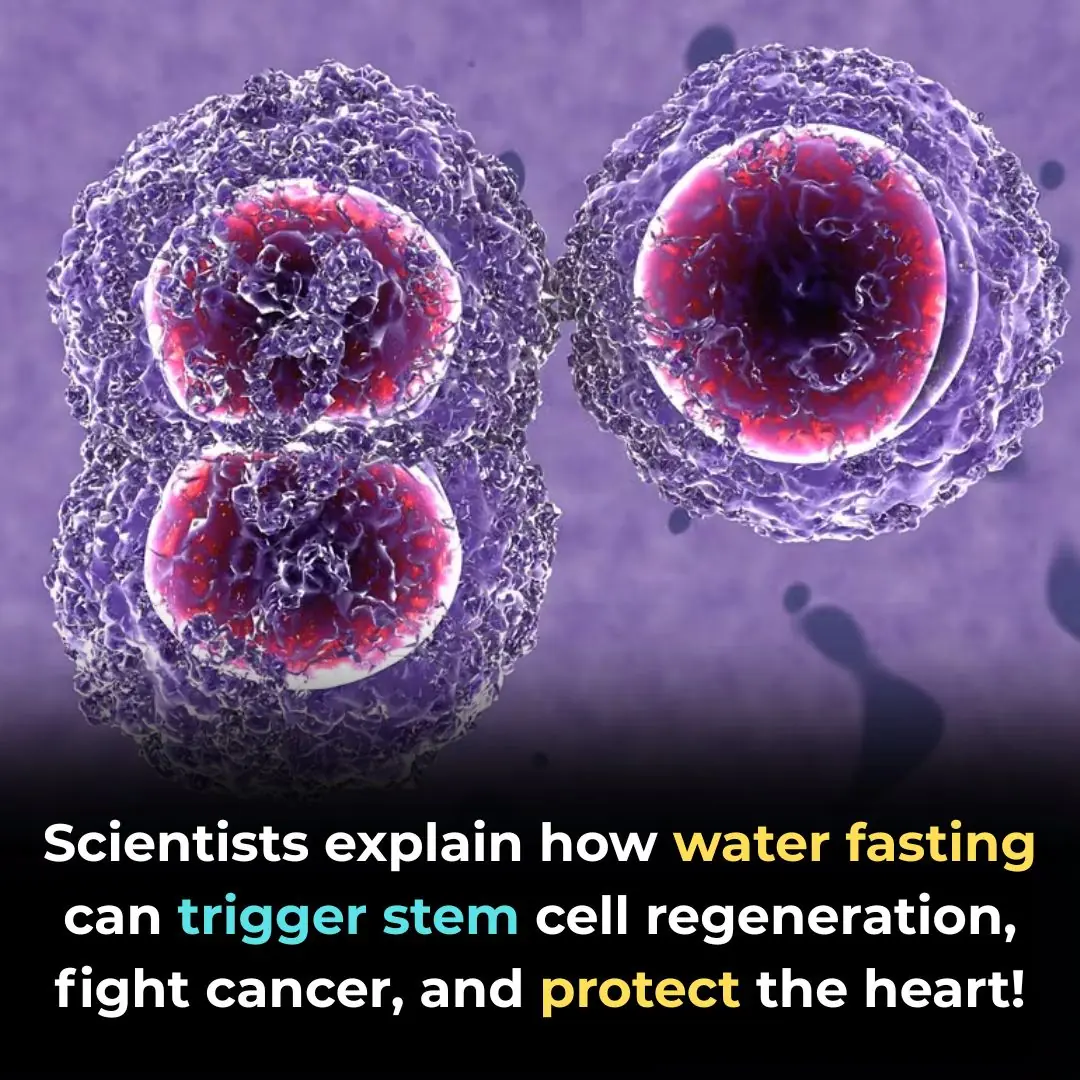
How Water Fasting Can Regenerate the Immune System, Slow Aging, Reduce Heart Attack Risk and More

4 Reasons Why Cardiac Arrests Happen in The Bathroom
News Post

Game-changing 'hidden' features in iOS 26 update you've probably missed
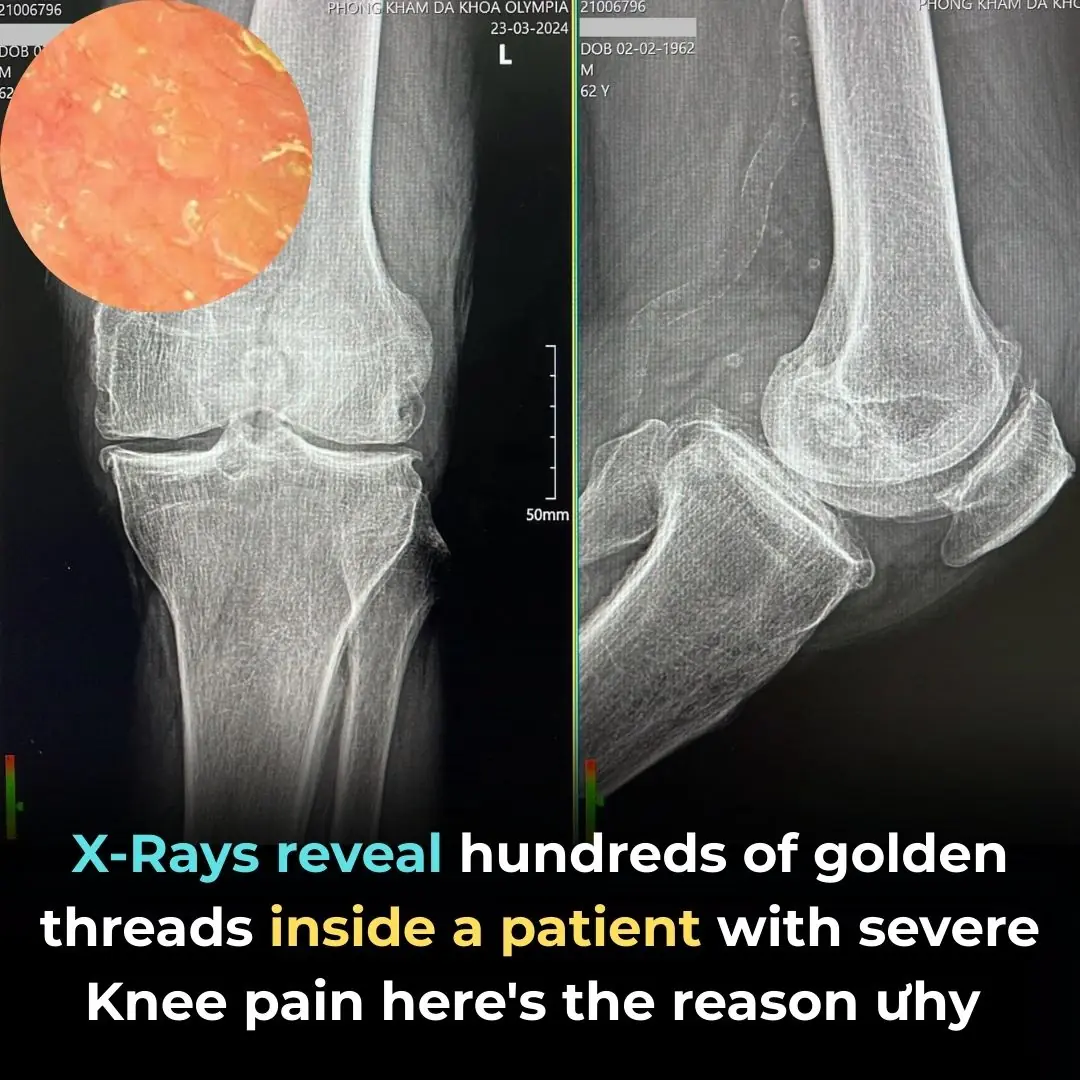
X-rays Reveal Hundreds of Golden Threads Inside a Patient with Severe Knee Pain — Here’s the Reason Why

Blind Man Can Now See Through His Tooth After Losing Sight 20 Years Ago – He Explains How It Works
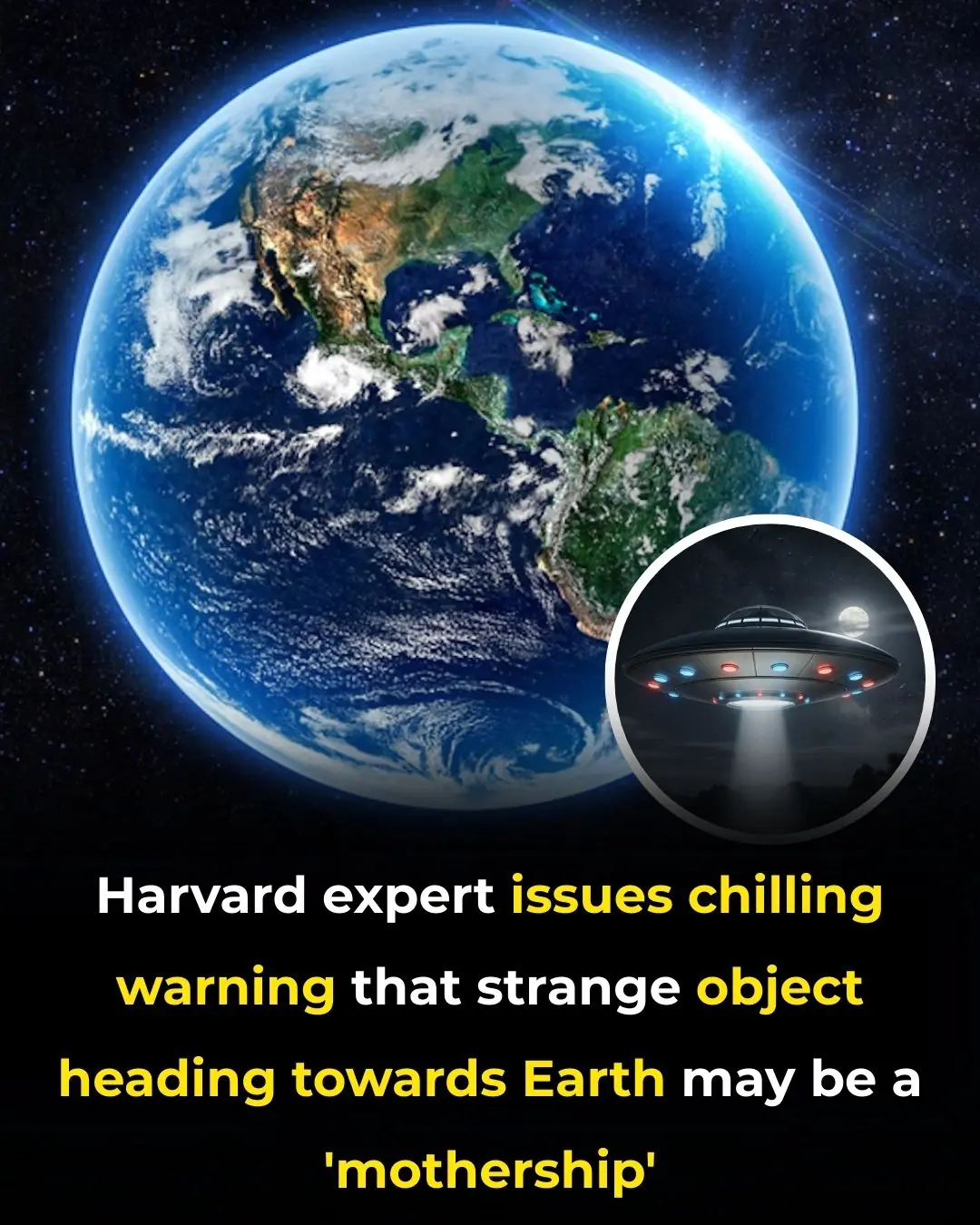
Harvard expert issues chilling warning that strange object heading towards Earth may be a ‘mothership'

Nvidia's futuristic 'robot brain' officially goes on sale to the public for insane price
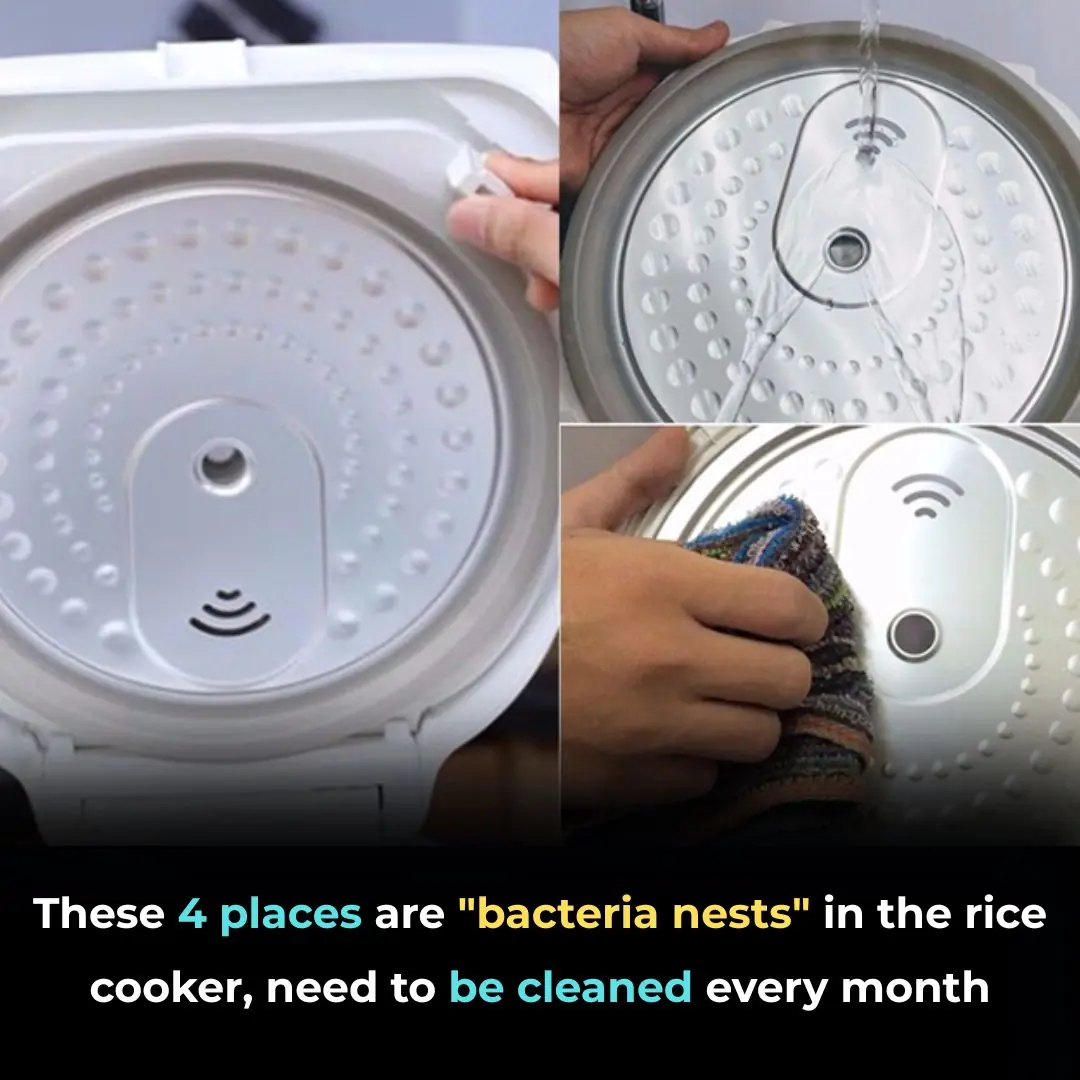
These 4 places are "bacteria nests" in the rice cooker, need to be cleaned every month
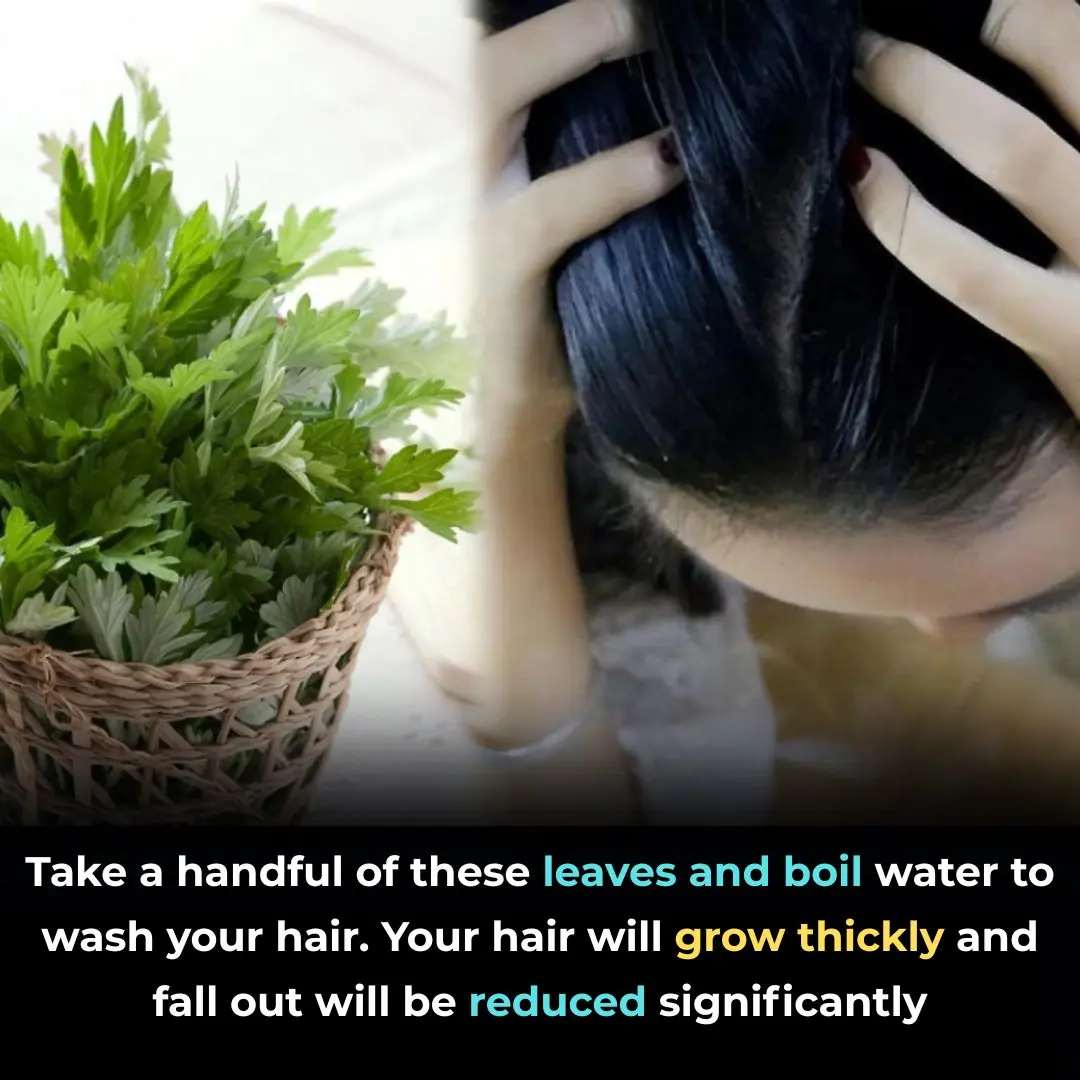
🌿 Wash Your Hair with This Herb and Watch Baby Hairs Grow Back Fast — Say Goodbye to Hair Fall

🪵 Don't Wash Moldy Wooden Cutting Boards with Soap—Try This 5-Minute Natural Cleaning Hack Instead

🌾 Ginger and Rice Water Hair Treatment: A Natural Secret for Fast Growth, Thicker, Shinier Hair

Colgate Toothpaste for Face Whitening: The Secret Combo of Tomato and Colgate 🍅✨

Emotional Starbucks Employee Reaction Over Long-Hour Shift Sparks Debate
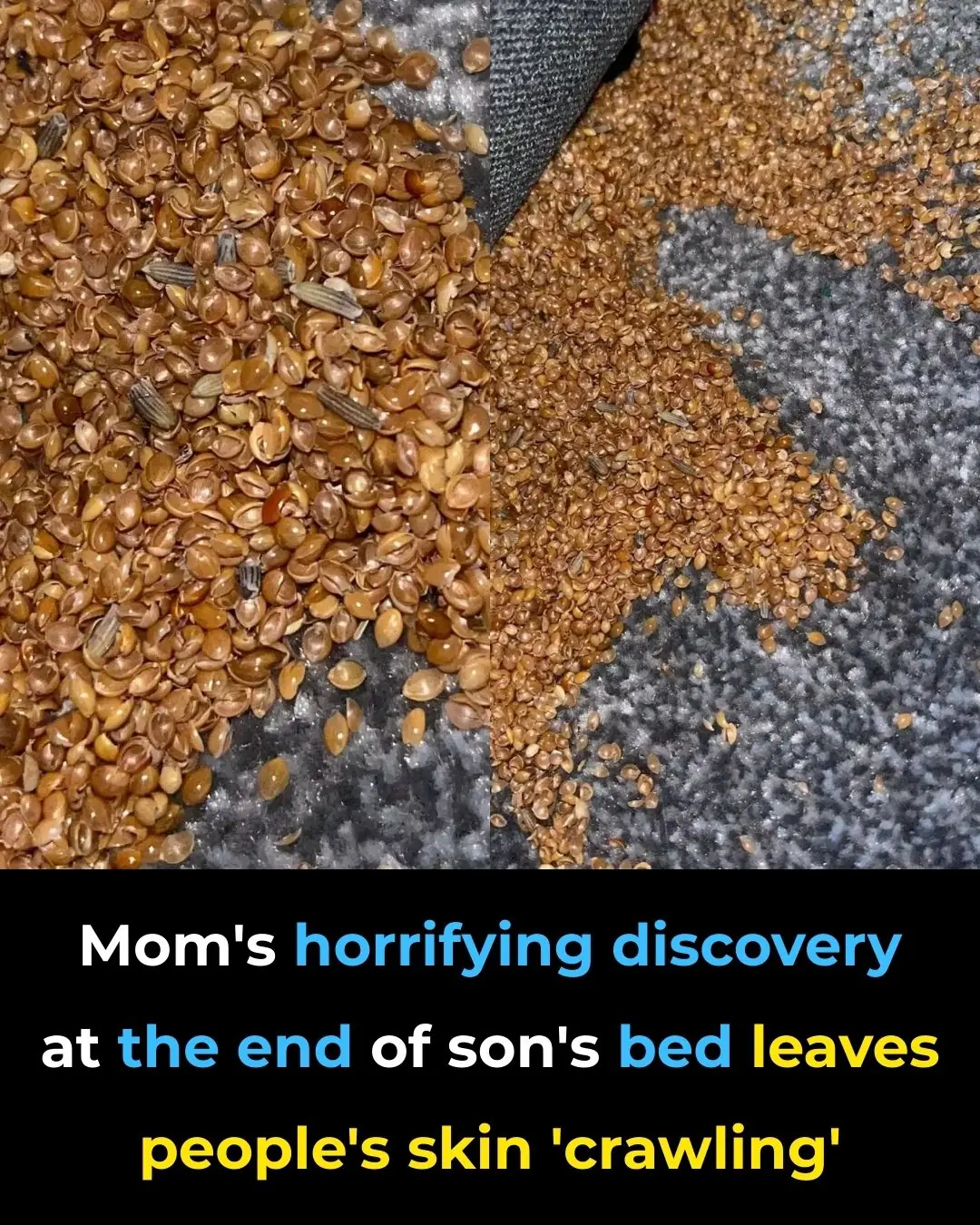
Shocking Discovery at Her Son’s Bed Leaves Mom Terrified

If You Have These Two ‘Dimples’ on Your Lower Back, This is What They Mean

How My Nana’s Baking Soda Skincare Routine Became My Favorite Beauty Secret

Popular Drink Could Be Permanently Staining Your Teeth Yellow, Experts Say

Powerful Natural Remedies for Ear Infections That You Can Try at Home
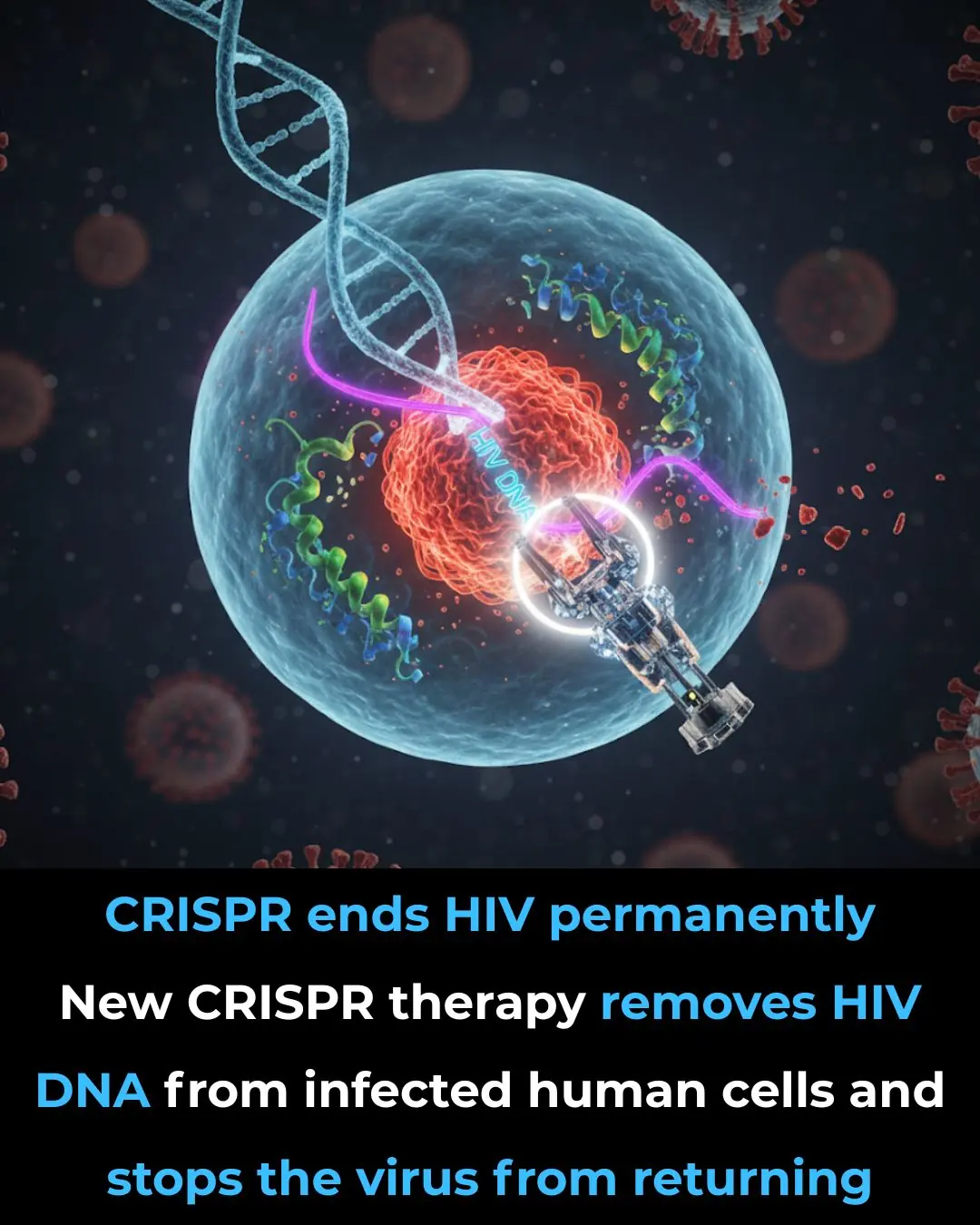
CRISPR Breakthrough: Scientists Achieve Complete HIV Eradication in Lab Cells

Northern lights alert : the best displays in years could be coming
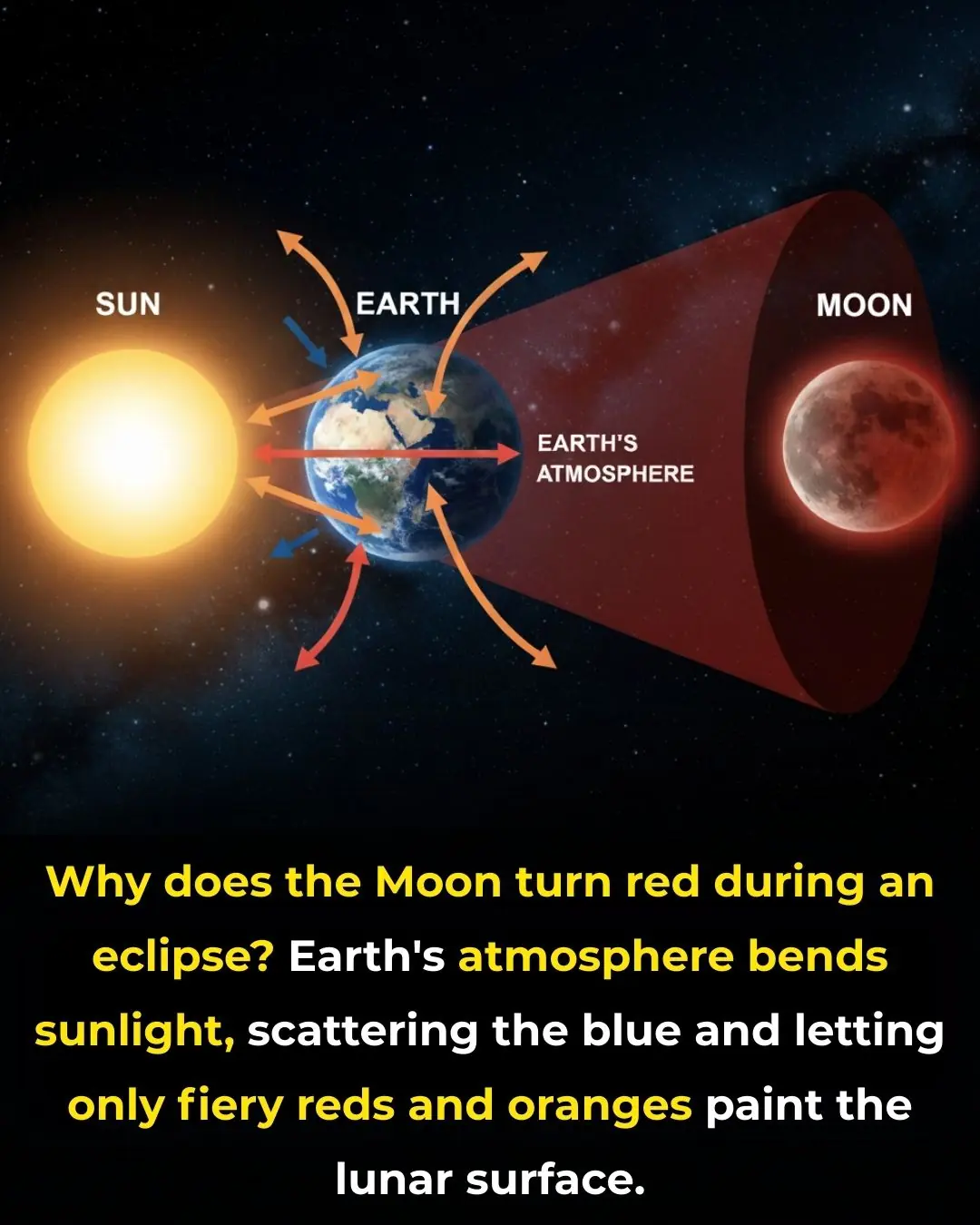
The Science Behind the Blood Moon: How Earth’s Shadow Creates the Red Glow
